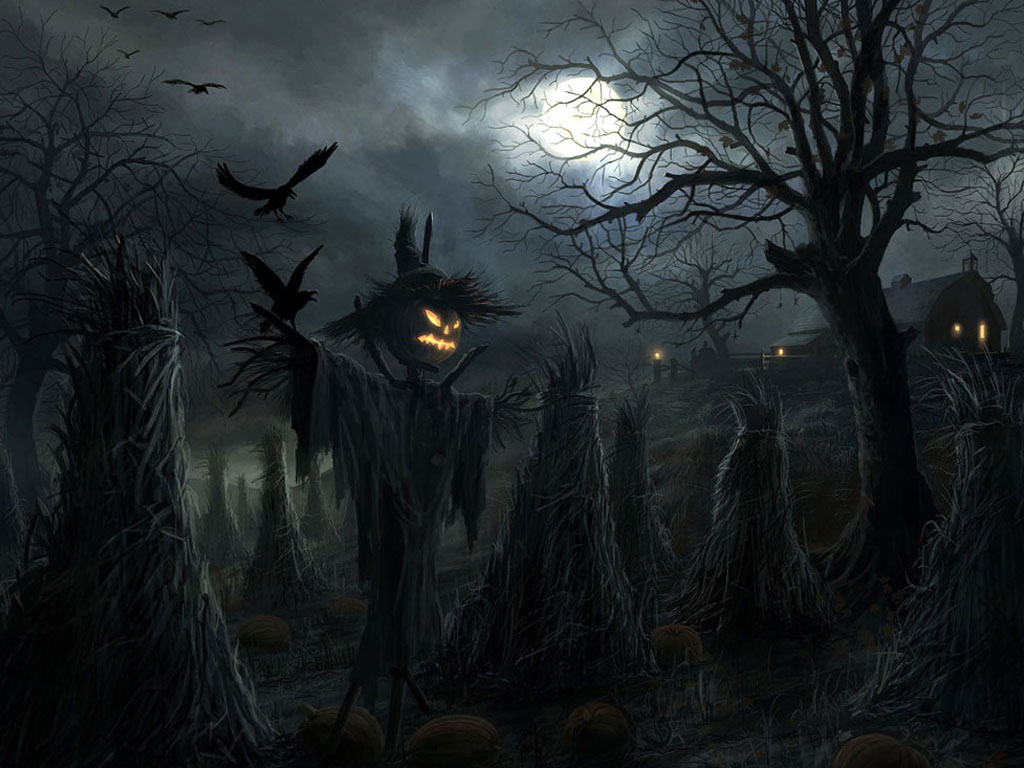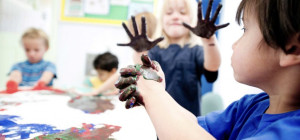 The origins of Halloween date back thousands of years when the celebration had very different connotations than it does today. The modern day Halloween consists of the perfect spooky costume from connoisseurs (e.g. morphsuits.co.uk) providing people with tricks or treats and enjoying the lighter side of the holiday. The original meaning descends from the celebration of the harvest and marking the end of summer as the winter month's dawn. Halloween has changed and evolved throughout time and has taken on new meaning and significance to become one of the most celebrated holidays in the calendar…
The origins of Halloween date back thousands of years when the celebration had very different connotations than it does today. The modern day Halloween consists of the perfect spooky costume from connoisseurs (e.g. morphsuits.co.uk) providing people with tricks or treats and enjoying the lighter side of the holiday. The original meaning descends from the celebration of the harvest and marking the end of summer as the winter month's dawn. Halloween has changed and evolved throughout time and has taken on new meaning and significance to become one of the most celebrated holidays in the calendar…
In the Beginning…
For Samhain people, the end of October brought the opportunity to be thankful for a successful harvest, saying goodbye to the summer months and welcoming the winter. It was believed that spirits of the deceased returned on the evening of the celebrations to damage crops and taunt the living.
Druid priests took part in the celebrations wearing the skins of animals as they made their predictions on the future in front of a roaring bonfire. This was the birthplace of the costume wearing that makes up such an important part of Halloween.
Contribution of Other Ideas…
In early AD, the Romans invaded the Celtic lands bringing with them festivities to celebrate the dead and the Roman goddess of fruit and trees, which is said to be one of the reasons behind the significance of apples during the holiday.
In 800 AD, Christianity spread to the Celtic regions and encouraged the people to participate in the celebration of ‘All Saints' in an attempt to replace the original ideals of the Samhain festival. ‘All Saints' was later renamed ‘All Hallows Eve' which focused on the time the celebration took place. The name has since evolved further and is known as ‘Halloween'.
Costumes Creation…
The separate celebrations were eventually combined to create an entirely new festival, taking place at the end of October.
Each group had different methods of celebration, most notably the donning of costumes to mark the occasion. As we know, the Samhain wore animal skins whilst the ‘All Saints' festival led to the dressing up as saints and angels.
The Scottish added their own influence with their impersonations of the dead through costume and the three were combined to result in the ghoulish dress worn in modern Halloween celebrations.
Taking it to America…
In the mid 1800's, there was a high level of English immigrants entering America, and they took with them the idea of Halloween. Even then, the format of the holiday was very different and trick or treating was known as ‘souling', consisting of poor people begging for sweet bread in exchange foe the praying of souls.
Trick or treating and the entire celebration gradually began to change and once it was finally accepted into American culture it became commercialised and the holiday now centres on creepy costumes, succulent sweets and the embrace of all things sinister.
Historical Halloween Facts…
- The Jack ‘O' Lantern was originally carved from a turnip
- The term translates to mean a wise woman in Old English language
- Trick or treating typically involved people putting out food to appease the spirits
- Black and orange are the most commonly used colours in Halloween
- Orange signifies strength and endurance and is representative of the autumn harvest
- Black represents death and darkness and serves as a reminder that Halloween marks the boundaries between life and death
- Myth states that if a person wears their clothes inside out and walk backwards throughout the celebrations, they will be visited by a witch at midnight
- Dressing as a ghoul or ghost led people to believe that they would escape the clutches of the spirits
- Halloween originated in 4000 BC meaning it is 6000 years old
- Americans are often blamed for the commercialisation of the holiday although it was originally established in the UK.






